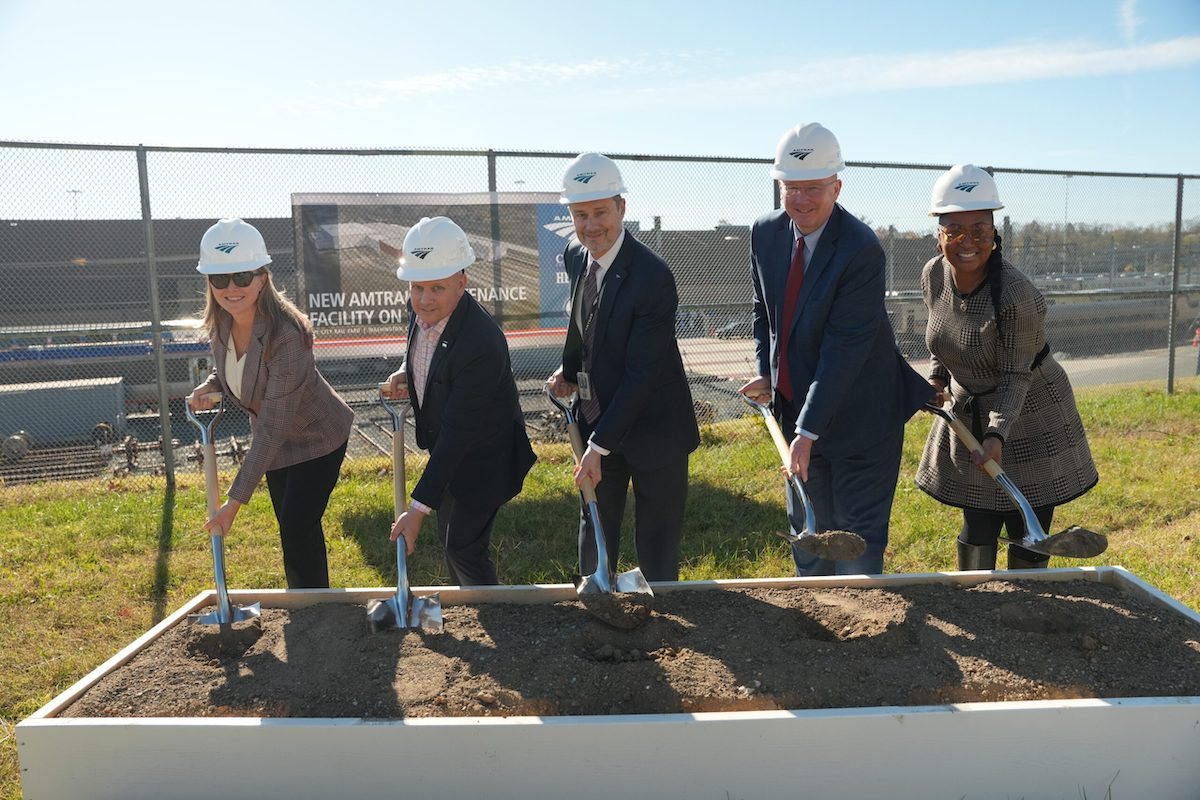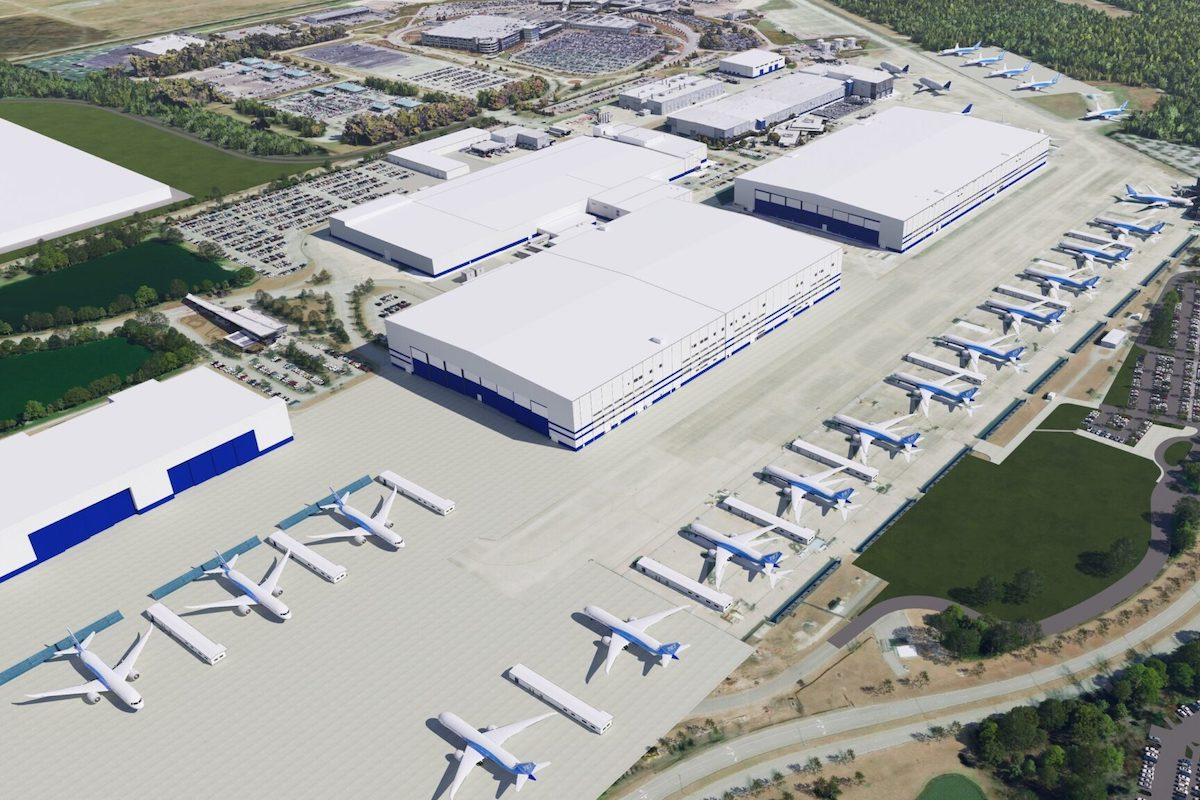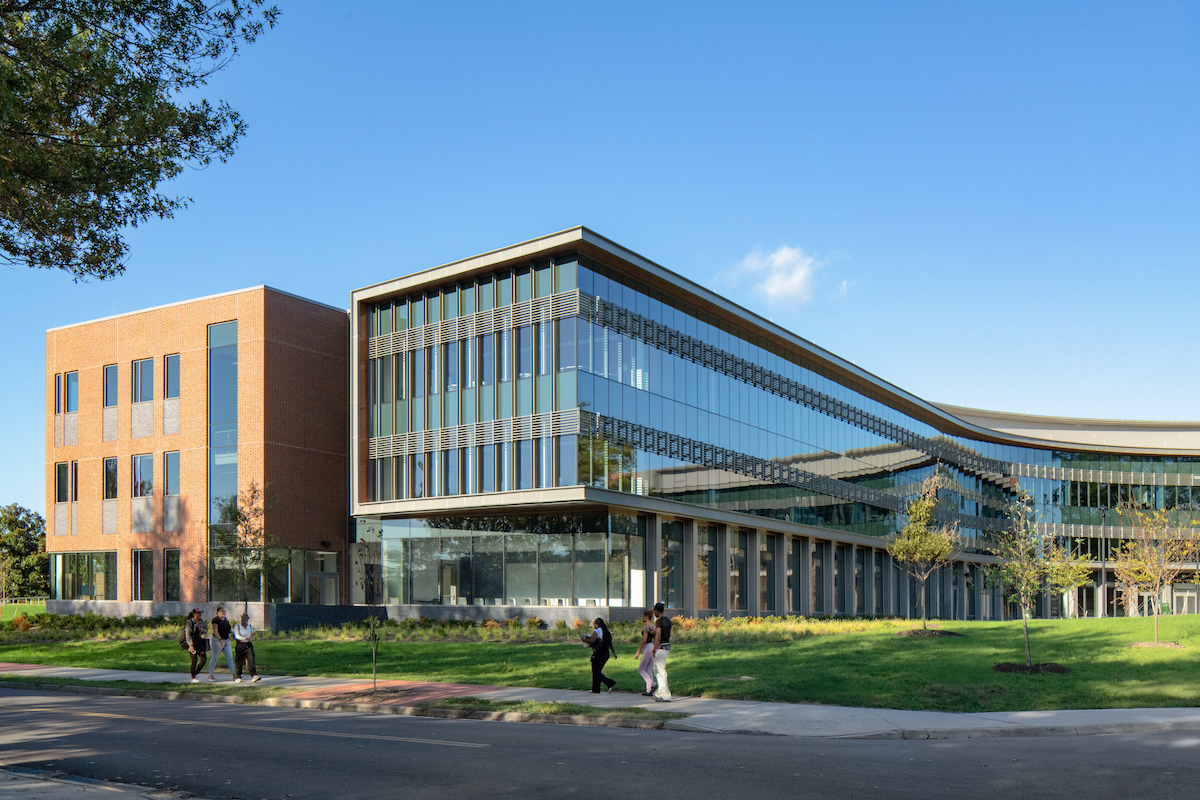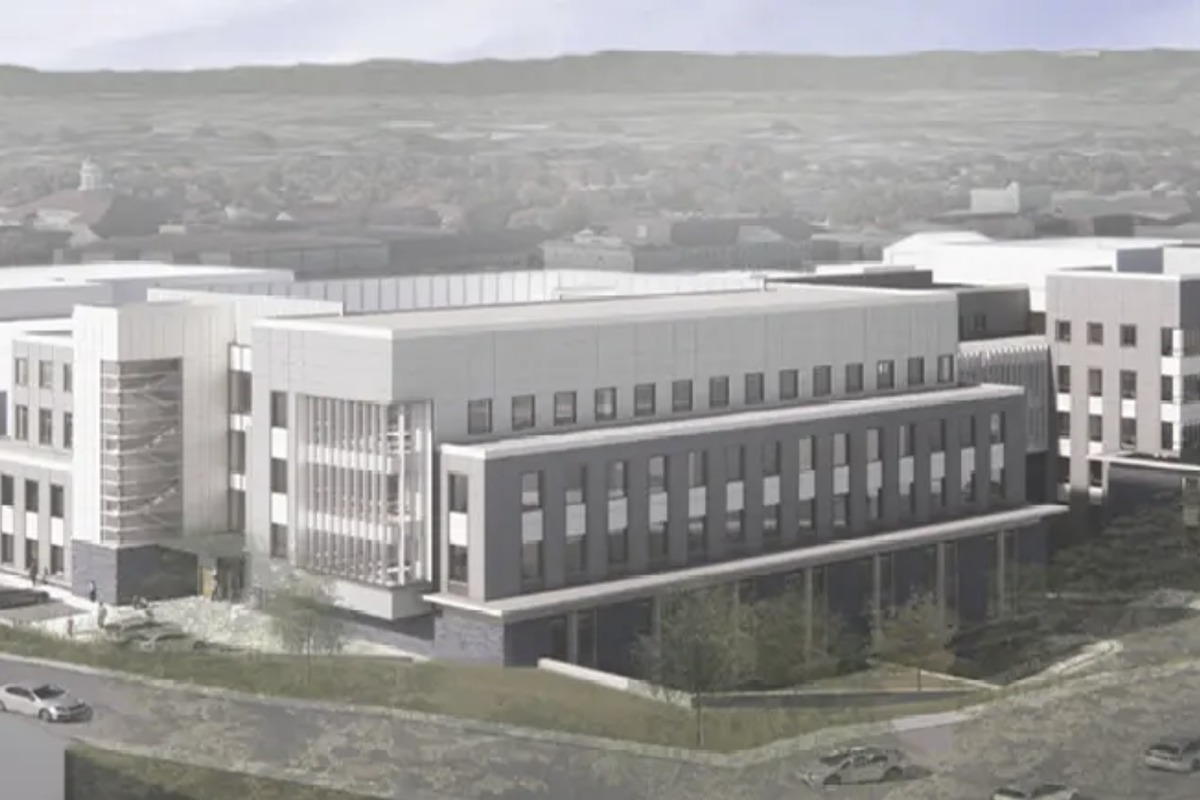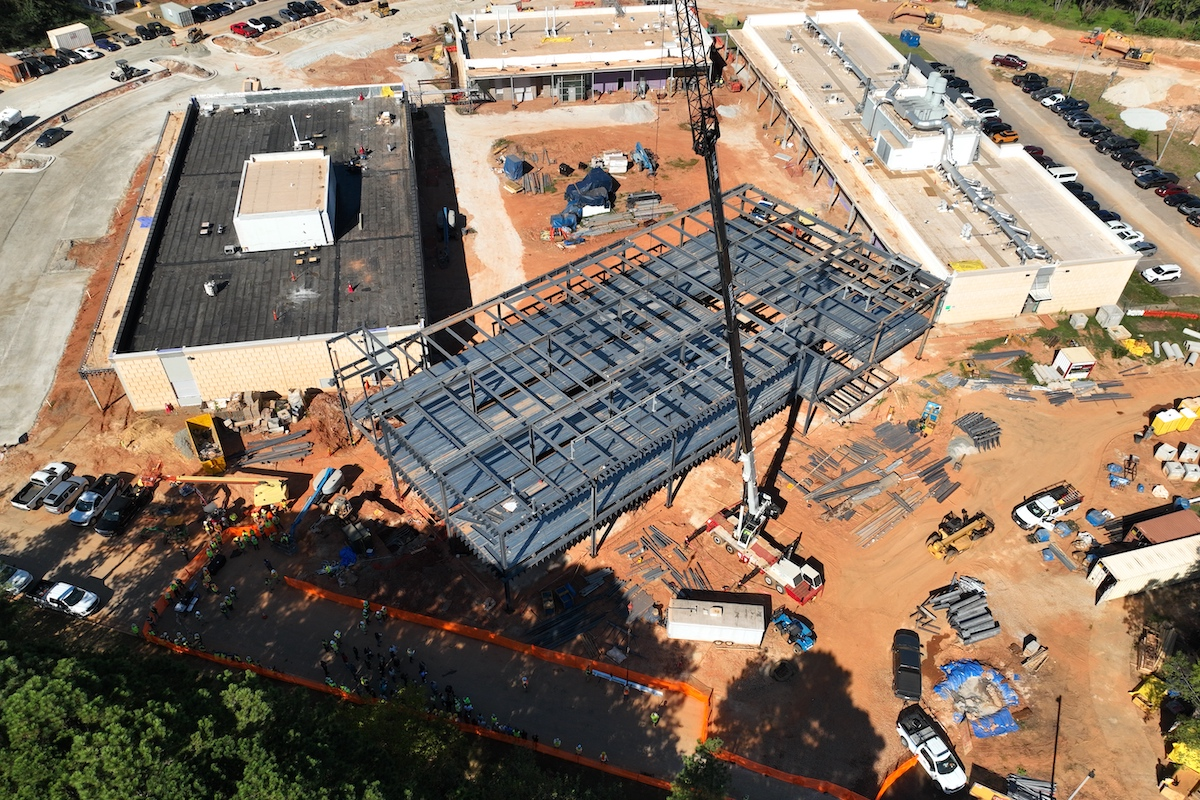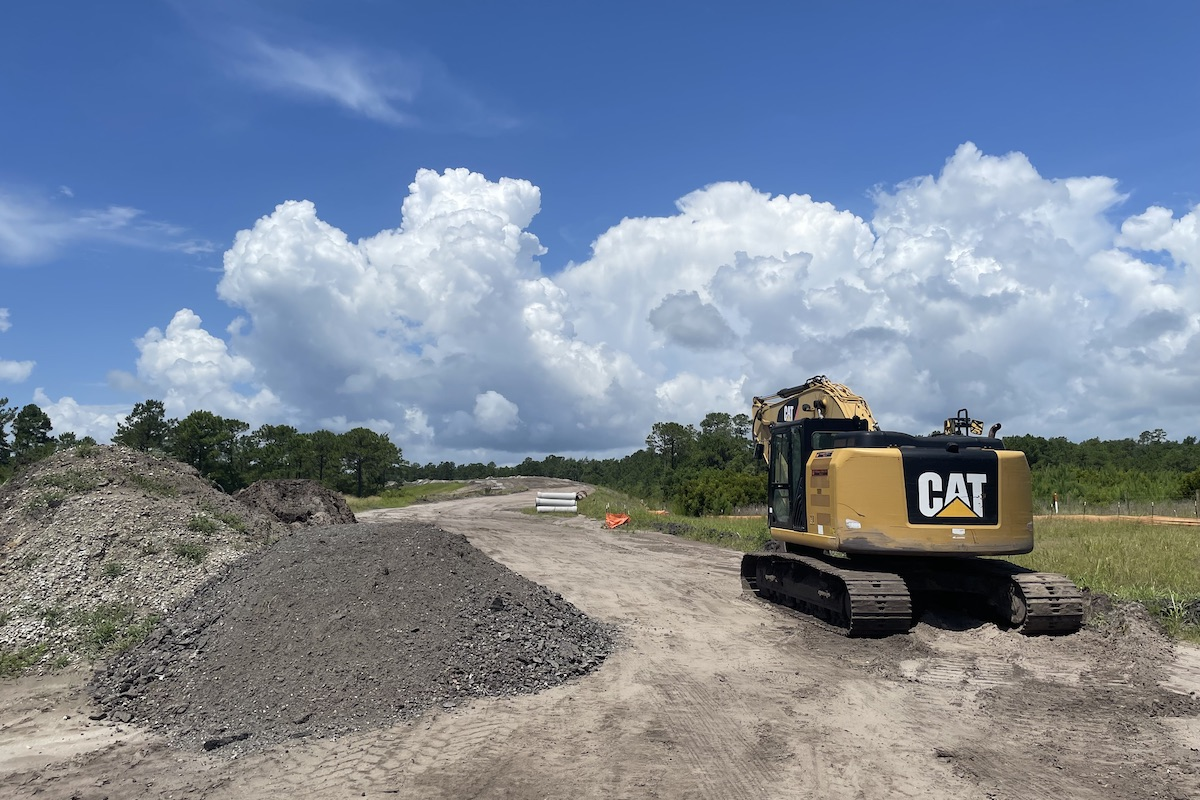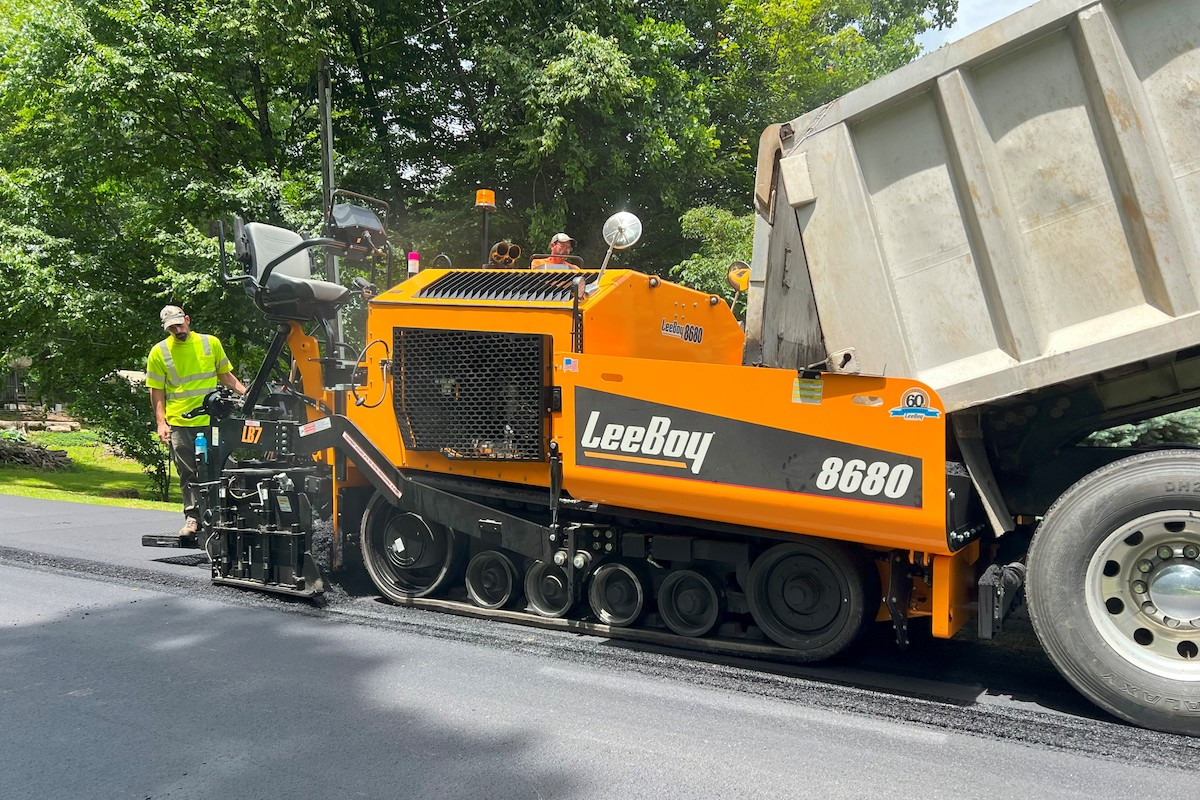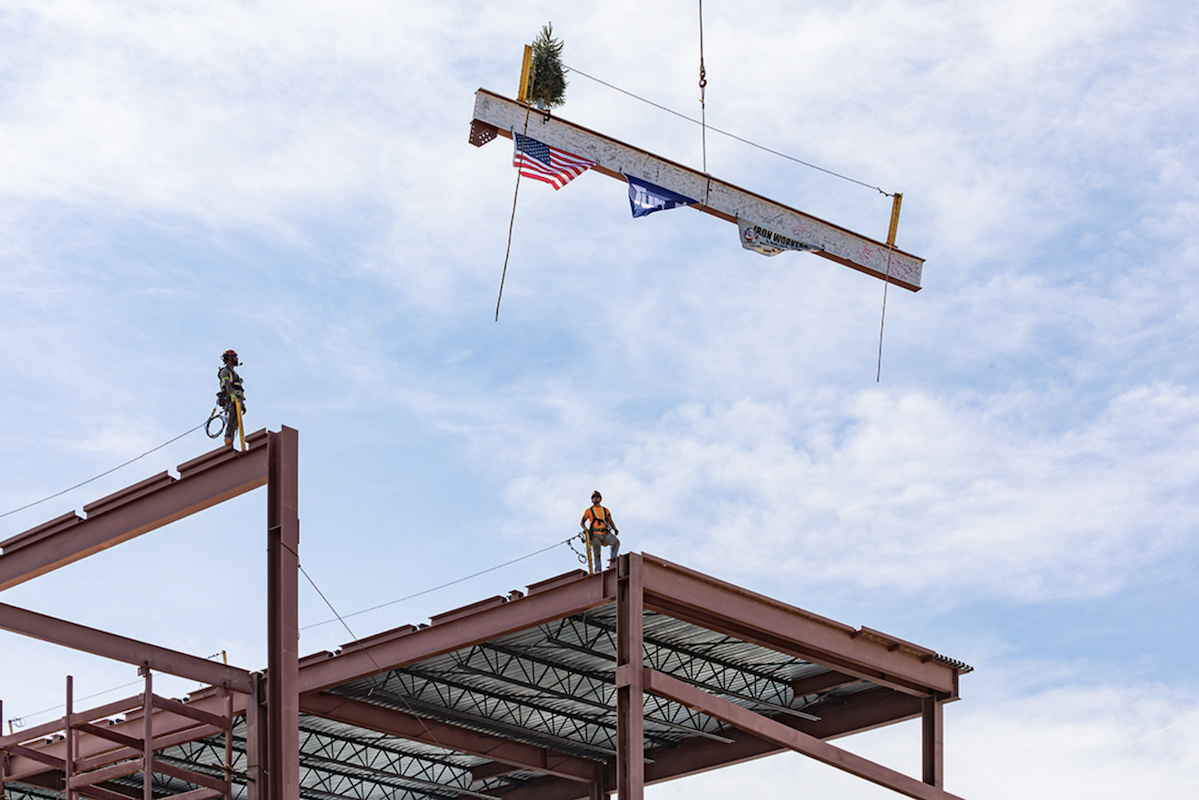Prior to the transformation, most patients and their families accessed the 323-bed facility from a sub-level garage, where low ceiling heights caused poor acoustics, low lighting added to heightened anxiety levels, and lack of visual wayfinding cues contributed to a feeling of confusion. To create an improved experience, HGA’s integrated internal team of designers, registered nurse, and researchers analyzed the patients’ journey through the existing sequence, surveyed families and staff, and developed solutions to create a more hospitable and safer arrival to the hospital.
“We created a holistic arrival sequence with points of entry identified with a clean and clear design, introducing appropriate amounts of visual contrasts such as color temperatures, textures, and transparent versus solid surfaces,” said Kevin A. Day, Principal at HGA. “We designed a pleasant, stress-free arrival experience with wayfinding improvements that provided consistency for visitors as they move throughout the hospital.”
Features of the fully modernized entrance experience include:
- Vehicular traffic functions, including drop-off, pick-up, and "kiss and ride" areas were designed for transparency and ease of flow
- ADA-accessible parking areas were expanded
- Pedestrian circulation routes and entries were separated from staff shuttles for safety and efficiency

| Your local Wirtgen America dealer |
|---|
| Dobbs Equipment (SC) |
Additional improvements include a three-bank elevator system exclusive to visitors, new signage, and color-coded floor assignments coordinated with the hospital’s wayfinding improvement project. A grand stairway in warm neutral tones and indirect lighting connects visitors to the main atrium and visitor check-in area.
HGA considered age, cognitive levels, diminished vision, neurodiversity, and accessibility when specifying lighting materials, placements, and illuminance. Interior lighting was specified with low unified glare ratio levels, and regressed lighting fixtures infuse underground hallways and elevator bays in ways that will not overwhelm children sensitive to light or their surroundings.

















